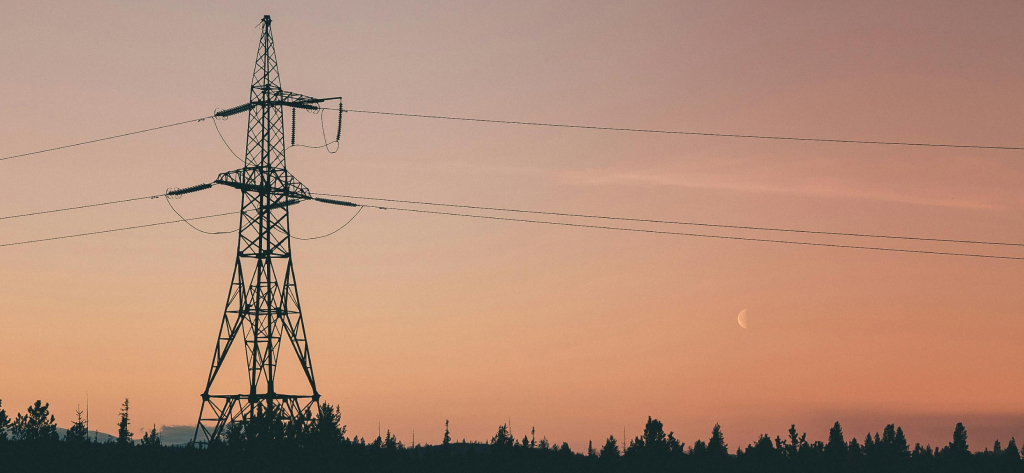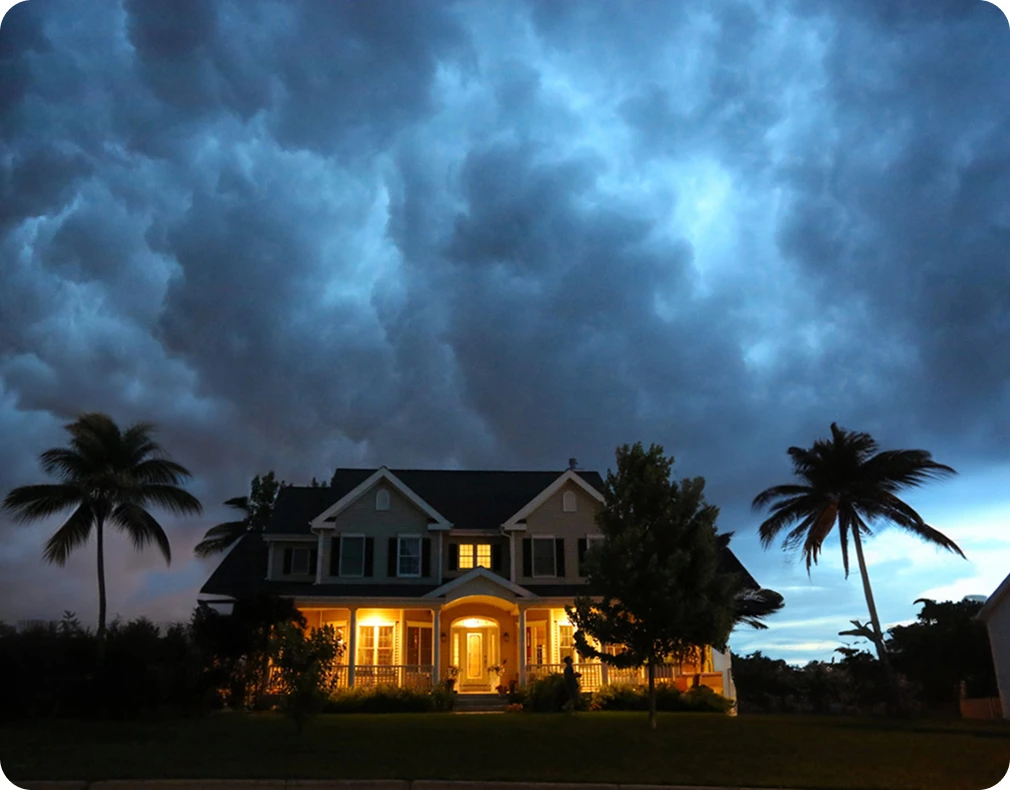Article
How Distributed Solar Is Transforming the Electric Grid

Distributed energy resources, or DERs, are localized energy systems that produce or store power to cater to specific local needs. This exciting sector includes everything from solar panels to battery storage systems and other innovative technologies. DERs significantly enhance grid reliability and play a significant role in boosting the reliability and sustainability of our electric grid. By providing decentralized and renewable energy sources, they help decrease our reliance on traditional fossil fuel-based systems.
Embracing DERs, especially solar panels and batteries, allows communities to tap into local energy sources. This not only strengthens resilience against outages but also minimizes environmental impacts.
When integrated effectively, these technologies empower utilities to meet consumer demand while supporting ambitious clean energy goals. The result? A notable drop in carbon emissions and a boost in energy independence. This shift towards using DERs signals a remarkable change in how we generate and use energy, paving the way for a more democratic energy landscape.
Impact of Rooftop Solar on Grid Stability
Rooftop solar systems play a crucial role in improving overall grid stability. By generating renewable energy right where it’s needed, these systems contribute to a more decentralized energy model.
Since they produce energy on-site, they help ease the load on the grid during peak demand times. Research shows that integrating solar photovoltaics can change how we consume electricity, allowing utilities to manage demand more effectively without needing to invest in new infrastructure.
The perks of rooftop solar are plentiful:
- They help reduce the strain on the grid during busy times, making energy distribution more manageable.
- Local generation boosts energy resilience and reliability, reducing the impact of any interruptions in external supply.
- They promote environmentally friendly energy practices at the community level, encouraging more folks to adopt sustainable solutions.
Moreover, the flexibility offered by distributed solar systems enhances overall system stability. By shifting towards local energy solutions, consumers can save significantly on their energy bills. This not only provides individual financial benefits but also fosters a more stable and resilient grid, boosting economic and energy security in our communities.
Peak Shaving and Its Importance for Utilities
Peak shaving is an energy management strategy aimed at cutting down the highest demand loads during busy periods. Utility companies can better allocate energy resources during these crucial times by using advanced generators and storage technologies.
Peak shaving is vital for utilities, as it helps stabilize pricing and cuts down on the need for expensive infrastructure to meet spikes in demand.
Battery storage technology plays a key role in effective peak shaving. Let’s break it down:
- Energy generated during low-demand periods is stored and used during peak times, optimizing overall energy use.
- This approach helps with pricing and ensures a more balanced flow between energy supply and demand.
- It also smooths the integration of renewable resources into the grid, making for a more sustainable energy landscape.
By incorporating these strategies, utilities can operate more efficiently and adjust quickly to changes in energy demand. As they increasingly lean on these technologies, they build a more resilient and adaptive energy supply for their customers, ensuring long-term sustainability.
Future Utility Planning and DER Integration
As the energy landscape evolves, utilities face significant challenges in adjusting their planning to effectively include DERs. Embracing this integration is key to enhancing grid flexibility and accommodating new technologies.
However, regulatory obstacles and interoperability issues can slow progress. Utilities need to tackle these challenges by updating regulations and creating incentive programs to promote smart grid technologies.
Aligning utility planning with clean energy goals is vital for long-term success. By incorporating DERs, utilities can:
- Lower energy bills for consumers by utilizing local generation and storage.
- Offer more energy choices and independence to consumers, encouraging active participation in energy management.
- Boost reliability and resilience within the grid, making it less vulnerable to outages and fluctuations.
As utilities recognize the potential of DERs, developing strategic plans that consider local energy conditions is increasingly important. These adaptations will not only satisfy current energy needs but also pave the way for a sustainable energy future, positioning utilities as leaders in the move towards a greener economy.
The Financial Aspects of Adopting Solar
The rise of distributed solar is reshaping the electric grid, enhancing reliability, and helping utilities tackle modern energy demands. As stakeholders begin to recognize the importance of integrating DERs, the road toward a sustainable energy future becomes clearer. Investing in these technologies and understanding their operational implications will lead us to a resilient energy system, benefiting generations to come and laying the foundation for a cleaner, greener world.
For those looking to dive deeper into the financial aspects of adopting solar, our guide on how to maximize solar savings might offer valuable insights. If you’re curious about how battery storage can enhance your solar experience, explore our article on battery storage solutions. Understanding the benefits of solar for your home value can empower you to make informed decisions, especially when considering the investment. Lastly, be sure to review the significance of avoiding common solar scams to protect your interests during the transition to solar.
FAQs
How do distributed solar systems improve grid reliability?
Distributed solar systems boost grid reliability by generating energy locally, which reduces our dependence on large power plants. Their decentralized design increases redundancy, ensuring a steady supply of energy even when larger systems face disruptions.
What role do battery storage systems play in managing energy supply?
Battery storage systems work hand in hand with solar technologies, allowing for flexibility in managing energy supply. They store unused solar energy generated during peak sunlight hours, making it available when it’s most needed.
How can utilities incorporate DERs into their long-term planning?
Utilities can successfully fold DERs into their long-term plans by upgrading their infrastructure to support decentralized energy systems. This can include improving grid management capabilities and creating tariff structures that reward consumer participation in energy programs.
What are the net metering effects on energy bills?
Net metering lets consumers with solar power systems receive credits for any excess energy they produce and send back to the grid. This system significantly lowers monthly energy bills and encourages more people to adopt solar technologies in their communities.
How do virtual power plants enhance grid management?
Virtual power plants aggregate energy production from multiple DERs into a unified network. By optimizing resources in this way, VPPs enhance grid management, improve response times during peak demand, and increase efficiency in energy delivery and distribution. In addition to solar energy.
Want a Free Solar Estimate?
Fill out the form to get started today.


